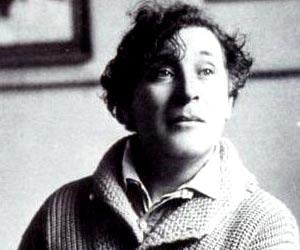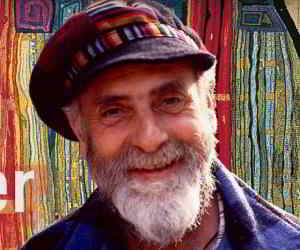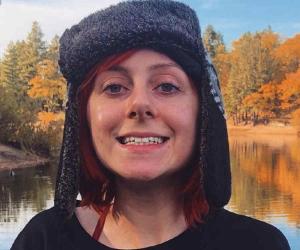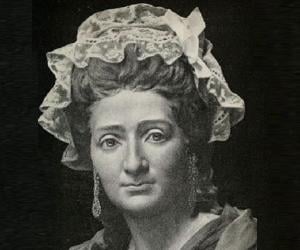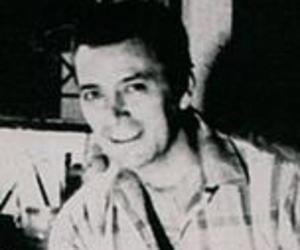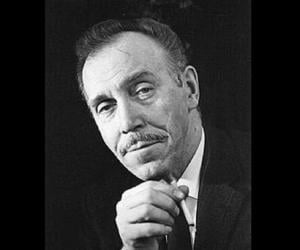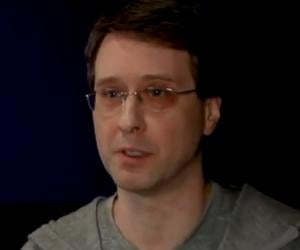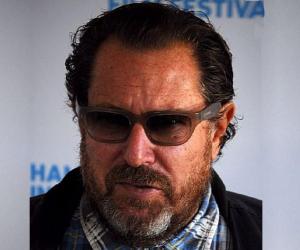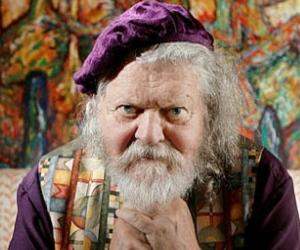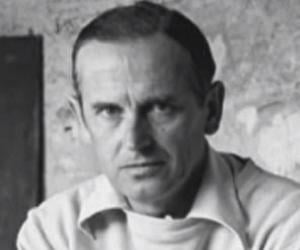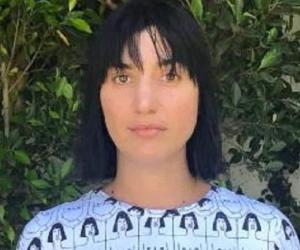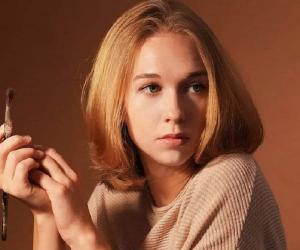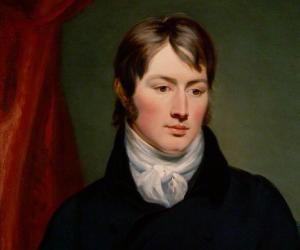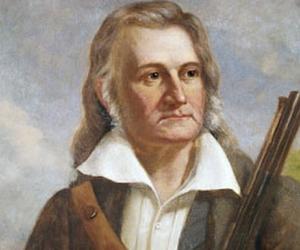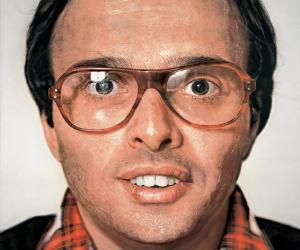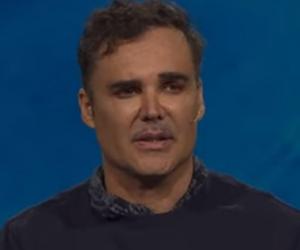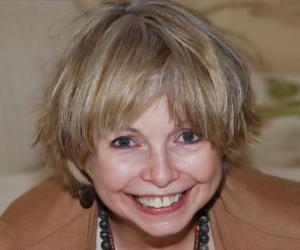Childhood & Early Life
Born as Moishe Segal, Marc Chagall was the eldest of nine children of Khatskl Shagal, and Feige-Ite. He belonged to a Lithuanian Jewish family in Liozna, Belarus.
He received his early education at Jewish elementary school. Later he studied at a public school. He started working as a photo-retoucher at the photo studio of Meshchanivov in Vitebsk.
For a brief period he used to sing as a cantor’s assistant at the Zarechenskaya synagogue in Vitebsk where he also learnt to play violin. For two months, he learnt painting under Yehuda Pen in Vitebsk.
After reaching St. Petersburg in 1907, he studied art under Nicolai Roerich at the Imperial Society of Art Supporters. Later, he took painting lessons from Leon Bakst and Mstislav Doboujinsky.
Career
From 1910 to 1914, he lived in Paris where he worked for Russian-Jewish lawyer Maxim Vinaver. During his stay in La Ruche, he came in contact with personalities like A. Salmon, M. Jacob and Robert Delaunay.
This was the time when he became acquainted with new styles of Cubism, Fauvism, Surrealism and other avant-garde currents being created by Pablo Picasso, George Braque and several prominent artists of that era.
When he visited Germany in 1914, he became familiarized with the artistic experiments of Wassily Kandinsky. He organized his first solo show in Berlin’s Strum gallery. Later, he returned to Russia when the World War I started.
After the Russian Revolution in 1917, he served as the Commissar of Arts in Vitebsk Province. At that time, he played an active part to organize the Vitebsk Art School. He also taught at this school.
After shifting to Moscow in 1920, he played a crucial role in the stage productions of Moscow Jewish Theatre and worked there as the Art Director from 1920 to 1922.
During his tenure as the Art Director, he designed the stage decoration for the production of ‘Fiddler on the Roof’. His work of stage decoration reflects his innovativeness in surrealism and earned him fame as a cross-cultural artist.
Due to internal troubles in Russia, he left the country and in 1923, he reached in Paris. In this year, he published his book of memoirs with illustrations. After that, he made illustrations of Nikolai Gogol’s “Dead Souls”.
In 1930, he prepared the illustration of the “Bible”. He became a naturalized French citizen in 1937.
In 1941, he escaped from German occupation of Paris and fled to New York where he lived till 1947.
In New York, he designed decorations for the production of ‘Firebird’, a ballet and orchestral concert. Later, he designed the stage for ‘Aleko’, an opera. After returning to Europe, he settled in Provence, France in 1950.
From this time, his creative effort included making sculpture, ceramics and stained glass. Several Catholic and Protestant cathedrals in France, Switzerland and Germany bear the proof of his work of stained glass windows.
In 1966, he shifted to St. Paul de Vence. It was this period, when he exhibited his works in a number of well known museums and galleries like the Louvre and Petit Palais , Paris.
To show gratitude towards America for providing shelter to his family during the Wold War II, he produced the America Windows for America’s Bicentennial celebration in 1977.
Major Works
His works of stained glass reflects his innovative creativity where one can see a perfect amalgamation of fresh colours and natural light with its constantly changing refraction. The windows of Metz Cathedral, France are the proof of his praiseworthy works on stained glass.
Under the direction of Yvette Cauquil-Prince, a skilled craftswoman of Belgium, he designed three tapestries for the state hall of the Knesset in Israel and these tapestries also included 12 floor mosaics and a wall mosaic.


